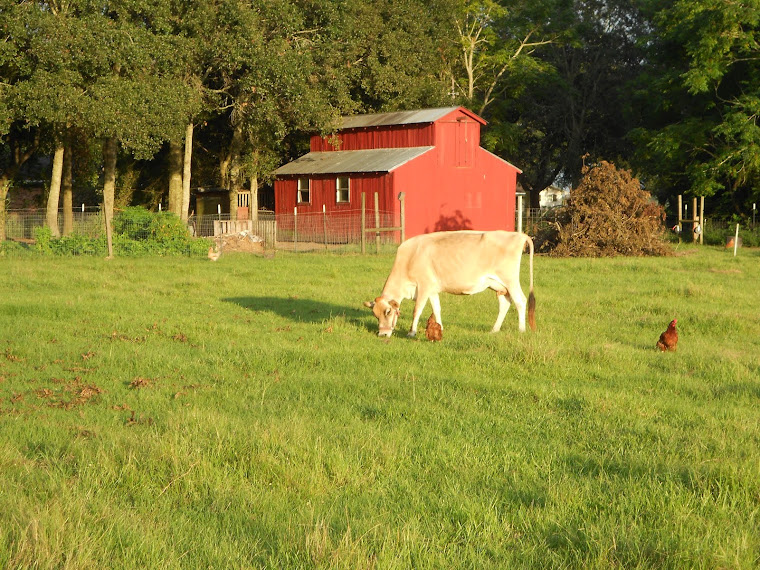“I went to the woods because I wished to live deliberately, to front only the essential facts of life, and see if I could not learn what it had to teach, and not, when I came to die, discover that I had not lived. I did not wish to live what was not life, living is so dear; nor did I wish to practise resignation, unless it was quite necessary. I wanted to live deep and suck out all the marrow of life, to live so sturdily and Spartan-like as to put to rout all that was not life, to cut a broad swath and shave close, to drive life into a corner, and reduce it to its lowest terms...”
― Henry David Thoreau
Have you given any thought to dying? From a spiritual standpoint, it is of paramount importance. We will all spend eternity somewhere. You want to nail down the fact that you will be spending eternity in the presence of God in Heaven. There's only one way to get there and that's through faith in God's Son, Jesus Christ, believing that He's the Messiah and trusting in His finished work on the cross for your salvation.
Once you have that settled, there are some additional, unsavory things about death from a practical and financial standpoint that one must consider. When I had heart surgery in August of last year, I sat down and wrote out my obituary. What a project. If things were to go south in the surgery, I wanted to save Tricia the time and trouble of writing that out. She didn't end up needing it, but one day she will, and it's done. But there are other things to consider.
The will is all done and filed away with other important documents. The next thing to do is to think about the songs you want at your funeral, the pallbearers, singers, and other details of the service. I haven't completed this yet, but it's next on my list. Once done, I can put all that in a file and let Tricia know where to find it. All it would take is a few minutes to read and make any necessary updates.
It seems like the only thing the USPS delivers to the mailbox anymore is junk mail. Some days we don't get any mail. However, I walked out to the mailbox the other day and there was a letter from a local funeral home offering a free consultation and funeral planning discussion. That seemed like the logical next step in getting the planning squared away regarding "kicking the bucket."
I arrived at the funeral home and a professionally dressed woman led me to a well-appointed room. We sat behind a large wood desk, and she passed the following folder across to me.
She went over a whole lot of information, regarding my wishes. What I learned is this: "Dying is a doggone expensive proposition!" Look at some of the costs below:
$7,360 for just the service. We put a placeholder in for the casket as an average price of $4,000. I did not bring up with her the thought I had of making my own. That would be an interesting woodworking project, but where would you store it? Could it double as a coffee table? What a conversation starter! The casket cost does not include the cement vault. The total goods and services comes to $13,055. But wait... there's more. This doesn't include the real estate that your remains will be deposited on. Local plots run between $500 and $800.
But where to be laid to rest? We do have a family cemetery in Oberlin by the farm. I always told my wife and kids that I wanted to be laid to rest beneath the old elm tree in the back yard. They always respond, "Dad, we don't have an elm tree." Louisiana law requires that one must be buried in an established cemetery, so I guess that removes my composting in the back from consideration.
Thinking about death is very important from both a spiritual and financial standpoint, and it makes a lot of sense to plan. I'll continue to fine tune the plans, but thinking about dying reminds me that it is important to think about living, too. We don't know how much time is still in our hour glass. I want to make sure that I make every day count.
